We use cookies to make your experience better. To comply with the new e-Privacy directive, we need to ask for your consent to set the cookies. Learn more.

Hearing Protection
There are 4 main types of hearing protection, they are: Formable Plugs, Premolded Plugs, Semi-aural Devices and Ear Muffs. When selecting any hearing protection device, make sure you purchase quality products only, selecting something on price alone could cost you your hearing. It is best to purchase these types of products from an industrial safety supplier where you can get quality products and expert advice.
Always check the dBA rating of hearing protection products. As sound is measured logarithmically, be aware that when comparing two products of say, 30dBA and 33dBA, that the 33dBA product is not just ten percent better than the 30dBA product, it is twice as effective. Most earplugs are about 25 dBA and good ear muffs start at about 28dBA and go up to 34dBA. A good practice is to have a couple of pairs of disposable ear plugs in your car / handbag as well as at home and at least one pair of ear muffs where you would normally expose yourself to loud noise such as in the garage. Good quality hearing protection devices allow you to hear conversation around you, but cut out the harmful peaks of sound.
Fitting Hearing Protection
For hearing protection devices to be effective, they must fit correctly and be worn correctly, i.e. formable plugs must expand to fully block the ear canal and must be in the ear and not just sitting on the outside.
To correctly insert earplugs, slowly roll and compress the plug into a thin cylinder or to the shape of a golf tee without inducing creasing. While the plugs are compressed, insert it well into the ear canal and hold it there while it begins to expand.
Fitting is easier if you reach around the head and pull the ear outward and upward during insertion. Some earplugs can be washed in warm soapy water and reused, however do not re-use plugs that are cracked, hard or do not readily expand to their original size. If the plug bends, creases or deforms during insertion, remove it, reform it and then re-insert it. When fitted correctly, the outer edge of the earplug should be flush with or slightly inside the Tragus with at least half of the plug being inside the ear canal.
A rough test of whether an earplug is inserted correctly can be applied by cupping your hands over your ears while listening to a steady noise. If the plugs are fitted correctly, the noise levels should be almost the same whether or not you are covering your ears.
Earmuffs must fully enclose the ears and seal against the head. Adjust the headband so that the cushions exert an even pressure around the ears making sure that hair is pulled back from under the cushions.
If you wear glasses, make sure that you choose earmuffs that have deep soft cushions that will mould around the stem of the glasses to form a firm fit against your head.
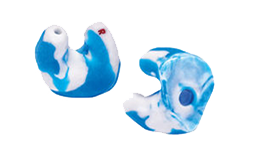
Custom Ear Plugs
These ear plugs are made by taking impressions of your ears. The impressions are very much like a 3D model of the insides of your ears. Once impressions are made they're sent to the lab, where a professional team scans your ear impressions and uses them to create a set of custom ear plugs in virtually any color (or combination of colors) from durable, professional, top-quality materials. The finished custom ear plugs are then mailed back to you to use and enjoy for a long time.
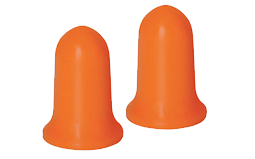
Formable Ear Plugs
An earplug is a device that is inserted in the ear canal to protect the user's ears from loud noises, intrusion of water, foreign bodies, dust or excessive wind. Since they reduce the sound volume, earplugs are often used to help prevent hearing loss and tinnitus (ringing in the ears).
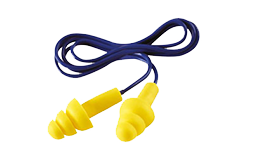
Premolded Ear Plugs
Pre-molded earplugs are molded to fit into the ear canal without having to first roll down the plug as with foam earplugs. In order to be effective, pre-molded plugs must be sized to fit securely into both the left and right ear, a feat that is not always easily achieved.
Pre-molded plugs are typically made from either silicone rubber or PVC foam. Of the two types, silicone plugs last longer and are less prone to shrinkage, cracking, and hardening over time. Pre-molded plugs have a hygienic benefit over foam plugs because they don't involve roll downs using dirty fingers. They can also be washed and reused multiple times.
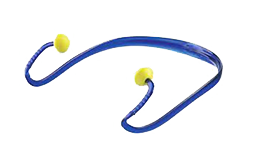
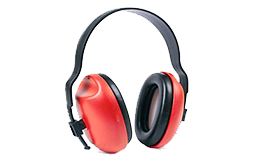
Ear Muffs
Ear muffs completely block sound from entering the ear canal. They are a convenient and comfortable option for users who frequently move in and out of noisy areas during the workday.
Ear muffs are rated by hearing protection levels. When the work and decibel level has been determined, choose an appropriate ear muff based on its Noise Reduction Rating (NRR). The NRR indicates how well the device protects your hearing. Ear muffs with a high NRR are usually bulkier and have larger cups than those with a lower NRR.
